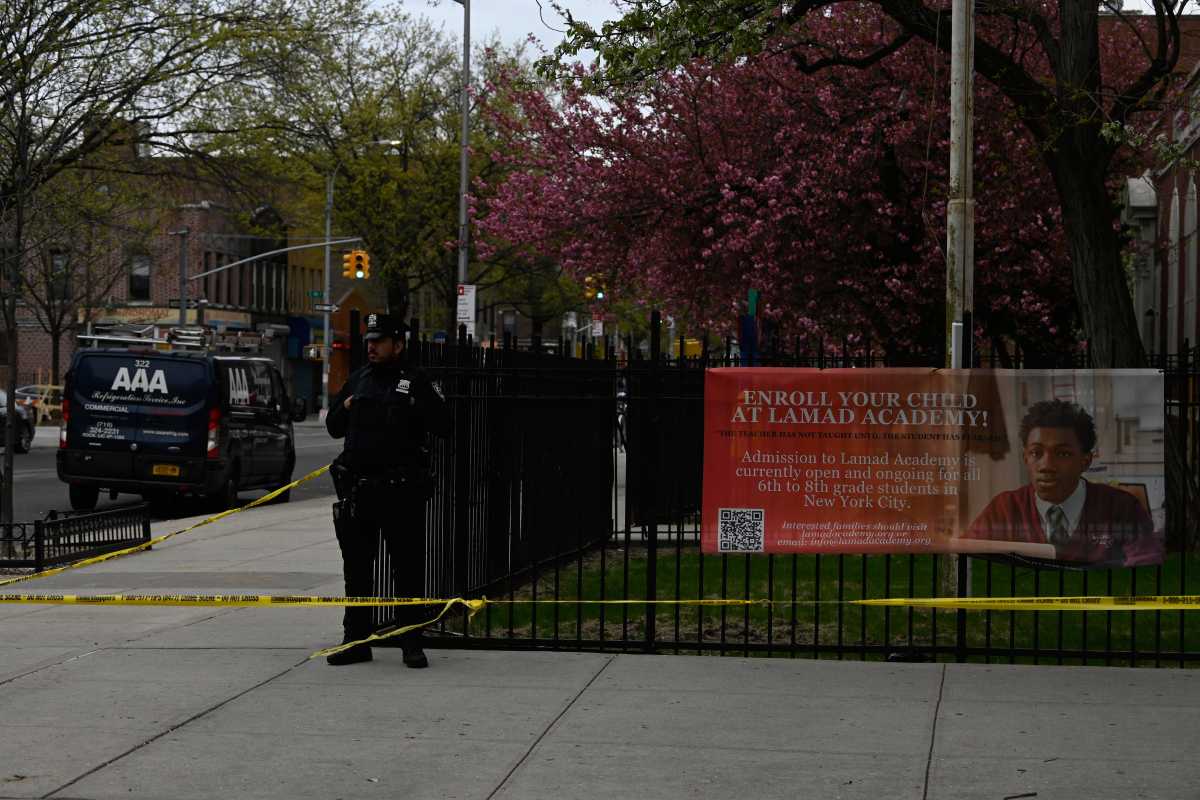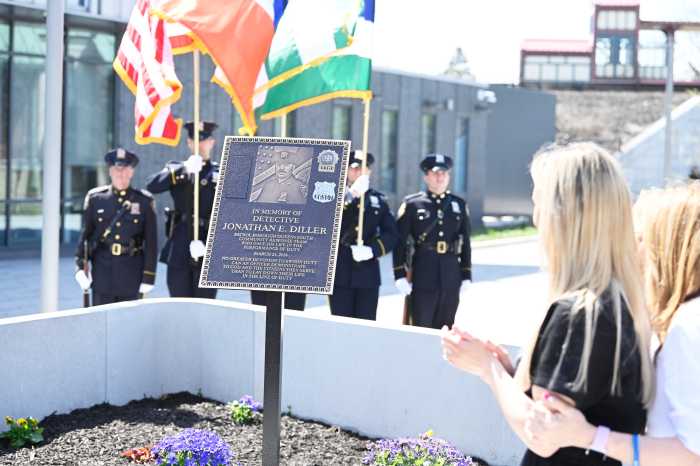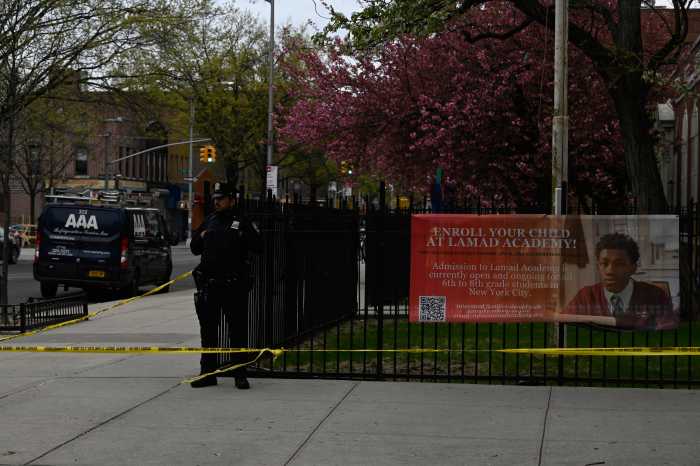
Historian Tyler Anbinder stands at the corner of Worth and Baxter streets in lower Manhattan’s Five Points — the notorious immigrant slum where poverty and bloody political violence unfolded more than 100 years ago.
“I love this spot,” said Anbinder, from a park bench in Chinatown’s Columbus Park which faces the infamous tenement houses that Jacob Riis photographed, revealing squalor and disease, in the 1900s.
“Right here is where the most decrepit tenements full of Irish Americans in the 19th century lived, followed by thousands of Italians who also lived in these same pre-1840s buildings,” said Anbinder, whose book “The City of Dreams — The 400-Year Epic History of Immigrant New York” is being released this week.
Today those buildings — repointed and renovated — are home to hundreds of Chinese immigrant families.
“It just shows the same experience repeating itself in the same spot,” said Anbinder, who teaches history at George Washington University in Washington, D.C., and will discuss his new book at the Tenement Museum Wednesday night in lower Manhattan.
Anbinder’s 600-plus page book uses letters, diaries and newspaper accounts to illustrate the struggles immigrants faced to survive and even elevate themselves into socio-economic classes they could never dream of in their native homelands. The book’s historical narrative starts in 1629 with the first Dutch settlement and continues into the 21st century.
His book works to dispel several American immigration myths.
For instance, in the 18th and 19th centuries, “no one had to wait on long lines, and not everyone played by the same rules,” said Anbinder, adding that the number of people allowed to enter the country was “limitless.”
“It was just an open door,” he said.
Anbinder, whose great-grandparents emigrated from Ukraine in the 1900s, did not discover his own family story until he researched his book, which took 15 years to complete. He was always led to believe his own family’s trans-Atlantic steamboat voyage into New York Harbor’s Ellis Island was uneventful.
“They always said it was fine, and it wasn’t that hard,” he said.
Anbinder later learned his grandfather was too sick to enter the United States and was “touch and go for two months.”
“Immigrants don’t like to talk about the hardships and the poverty,” he said. “We like to shield our kids from the pain, and for many immigrants, the experiences are painful.”
Strong opposition against immigration has always been evident in the political arena but Anbinder said Americans, in the end, welcome new people and cultures.
The story of an 18th century Irish schoolteacher ousted from Long Island came to mind. The Catholic teacher was thrown out of Long Island because it was feared that he would proselytize students, Anbinder said. He returned to New York City where he carved out a life with a Quaker wife and had two children.
There is always “fear and worry about immigrants, but ultimately we accept them,” Anbinder said.
































